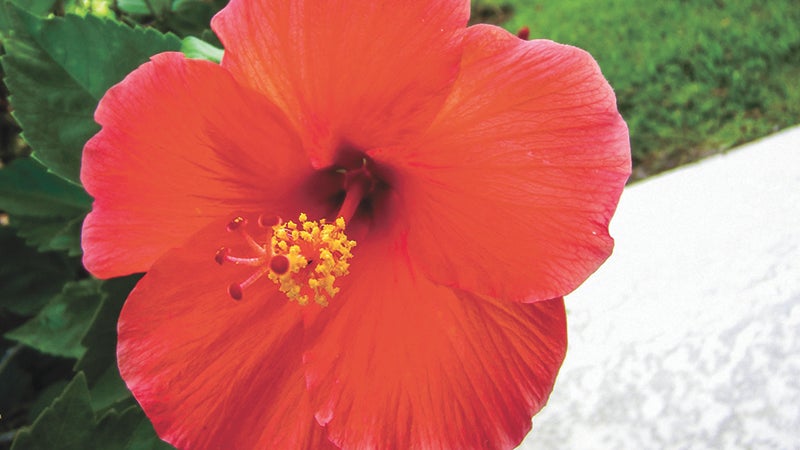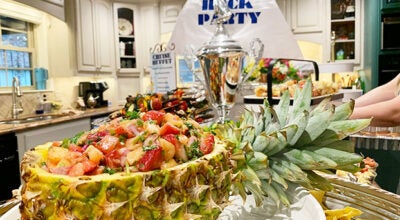OUT IN THE YARD — Plenty of benefits when using herbs for your landscape
Published 12:02 am Saturday, June 20, 2020
|
Getting your Trinity Audio player ready...
|
Herbs are traditionally thought of as culinary or medicinal plants.
However, since they come in many different shapes and sizes, they can be used as great accent pieces in the landscape.
Herbs can be used as borders, shrubs, to fill in empty spaces, as background accents, to attract insects or to repel insects.
Herbs add texture to the garden and can be used for different purposes. Some herbs that work well as a hedge or a low border include rosemary, southernwood, parsley and lamb’s ear, to name a few.
Some taller herbs, such as African blue basil, lemongrass, fennel and pineapple sage, can be used behind plants as a background.
Rose geranium and trailing or prostrate rosemary can be used to fill in empty spaces between taller plants since they grow low and wide.
If you want to attract bees or butterflies to your garden, herbs are a perfect solution. Flowering herbs, such as basil, bee balm, foxglove, rosemary and yarrow are perfect for pollinators.
Also, parsley, dill and fennel are butterfly host plants and attract female butterflies that will lay their eggs on them.
If you want to repel bad bugs, herbs can be the answer to this problem. Rosemary repels cabbage moths, carrot flies and bean beetles, while chives and mint repel aphids.
Be careful with mint. It should be planted in a container because it will spread rapidly and take over the garden.
No matter what type of sun or shade is in the yard, there is an herb that will grow there.
Lovage grows best in cool weather in the deep shade, but basil loves heat and sun.
Herbs that grow in part sun/part shade include thyme, marjoram, chamomile and catnip.
Parsley likes bright sun in the cooler months, but part shade in the summer months.
Growing herbs is not difficult if you have the right soil conditions. Herbs need good drainage and at least 18 inches of soil depth to grow well.
To achieve this, you can plant herbs in pots, in a raised bed or in the garden if the soil meets these requirements.
Add some compost to the soil every year where your herbs are planted. This will help keep the soil fertile and deep.
Mulch the top of the soil to keep it cool during the hot summer months. Small herb plants need more air circulation, so don’t let mulch touch the stems of these plants or they will rot.
Water herbs when the top 1 inch of soil is dry. It is best to not use sprinklers, but to water at ground/soil level to discourage fungal diseases.
Prune herbs to the shape you desire. As you prune, they will grow to become bushier.
Reach Jefferson County Master Gardener Melissa Starr at melynstarr@hotmail.com or call the Texas A&M AgriLife Extension Service at 409-835-8461.






